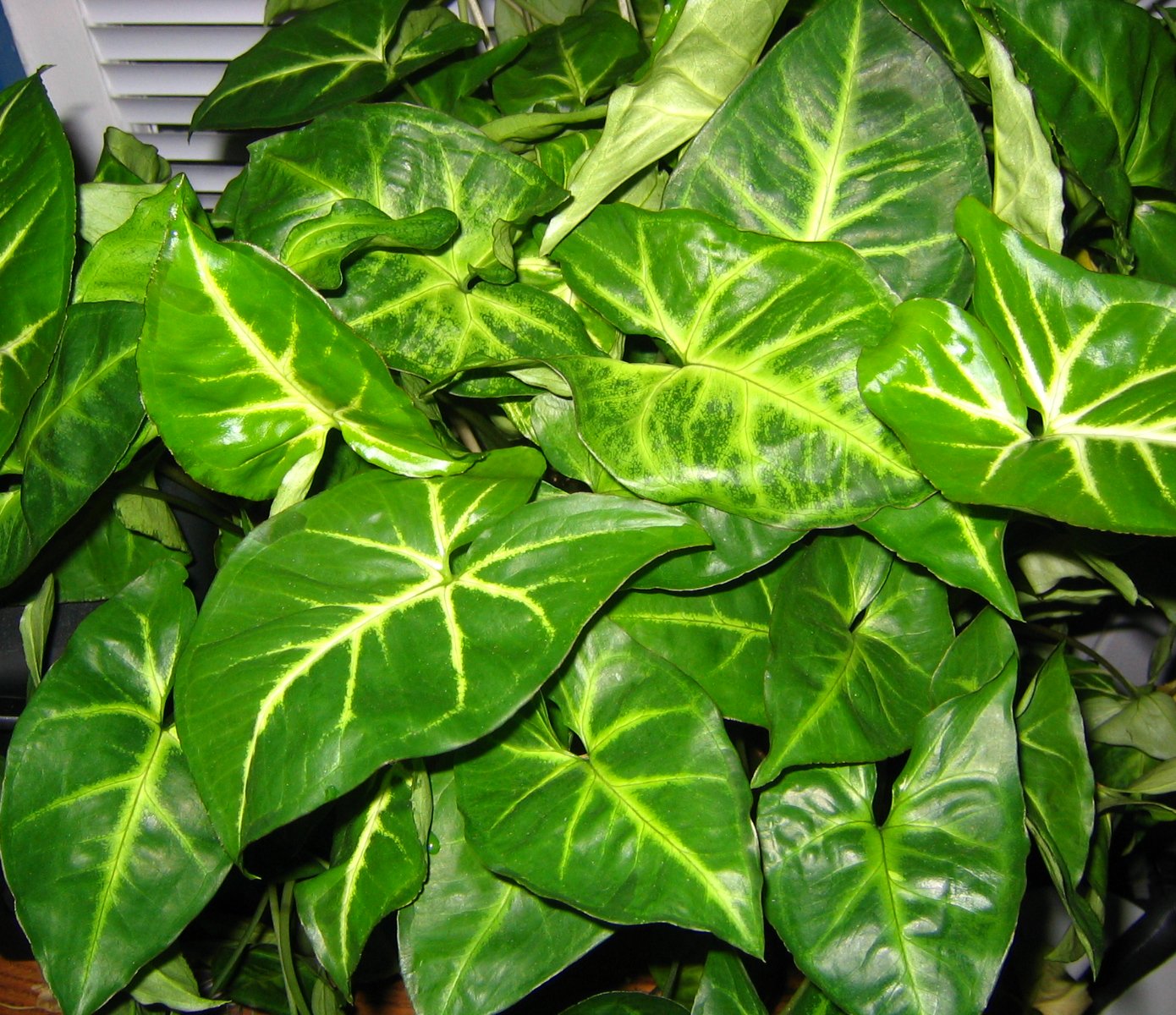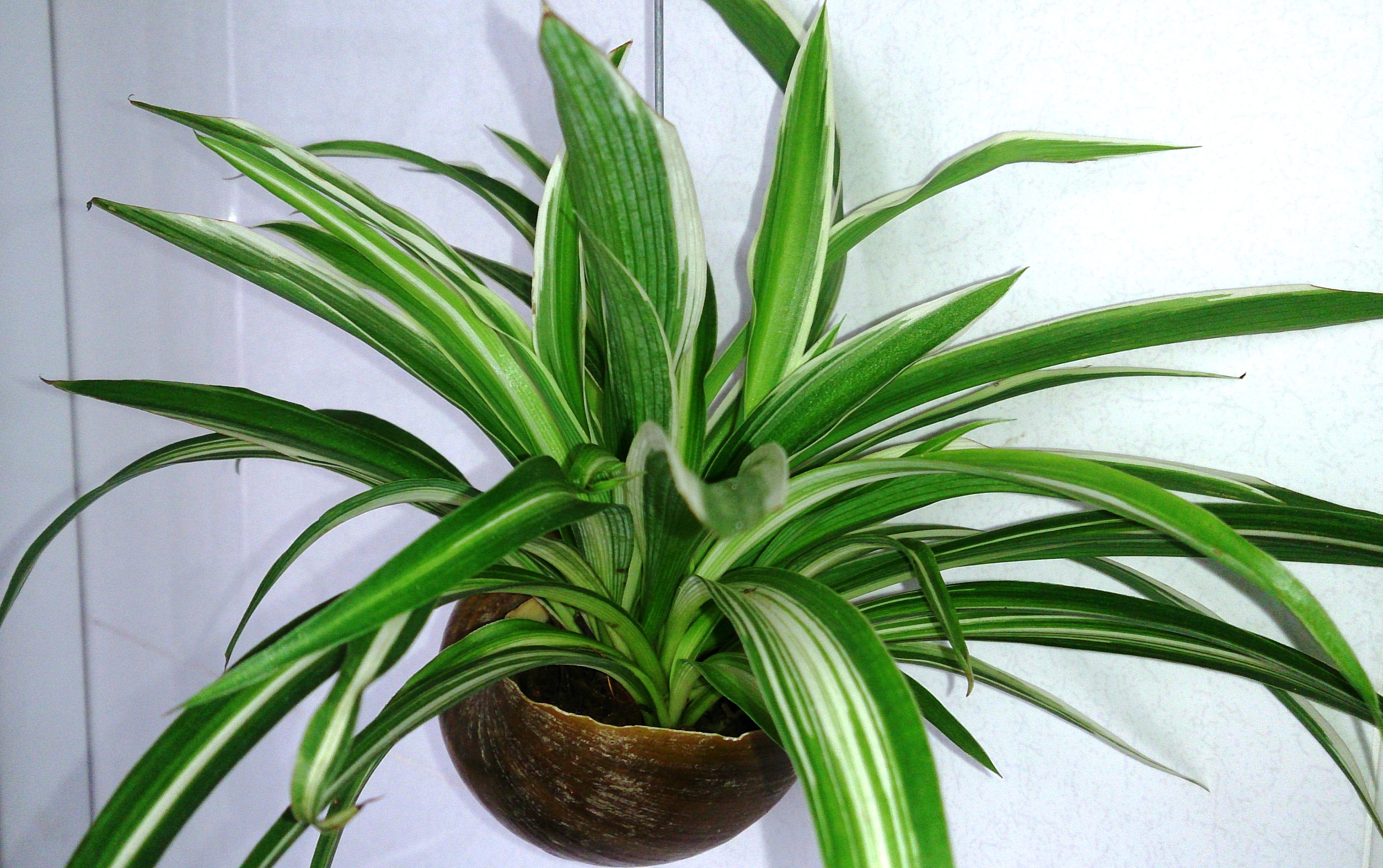Oyster Plants

As a houseplant, grow oyster plant in medium to bright light. Water it regularly -- once a week or two, depending on conditions. If you want to fertilize your oyster plant, you can do so in spring and summer with a regular houseplant fertilizer. Oyster plant doesn't typically need any special pruning except to remove leaves as they fade to old age.
Jade Plants

- Plant in loose, well-draining soil. A succulent potting mix is the best option.
- Place in a bright window that receives indirect light; a south-facing or west-facing window works well.
- Water the plant frequently during the spring and summer to keep the soil moist—but never soggy. In the winter, reduce watering to about once per month.
- Use a 20-20-20 fertilizer during the growing season to promote robust growth.
Aloe Plants
When grown inside, aloe should be placed in a window with bright, indirect sunlight. Direct sun can burn its tender skin, yet lack of light will cause the plant to grow leggy and weaken its leaves, causing them to crease.
In its natural habitat, aloe vera commonly grows in nutrient-poor soil conditions, on sandy slopes with guaranteed drainage. Ensure proper drainage in a pot by using a cactus potting medium or traditional potting soil mixed with perlite and coarse sand.
Aloe prefers to be watered regularly, as long as the soil dries out completely in between waterings. If the soil remains dry for long periods of time, the leaves will shrivel and pucker slightly.
The Basics
Sedum Plants

-
Light: Sedum plants require bright, direct sunlight to thrive. Place your plant in a location that receives at least six hours of sunlight per day. Some Sedum varieties can tolerate partial shade, but they will not thrive in low light conditions.
-
Watering: Sedum plants prefer well-draining soil and should be watered only when the top inch of soil is dry to the touch. Overwatering can cause root rot, so it's important not to let the plant sit in standing water. During the winter months, reduce watering frequency to prevent overwatering.
-
Soil: Sedum plants require well-draining soil, such as a mix of potting soil, perlite, and sand. Avoid using soil that retains too much moisture, as this can cause root rot. Sedum can tolerate poor soil conditions, making it an excellent choice for rock gardens and dry landscapes.
Arrowhead Plants

- Keep the plant in bright but diffused light.
- Plant in well-draining potting soil to avoid root rot.
- Let the plant dry out between waterings.
- Situate arrowhead vine in a humid room, such as a bathroom or kitchen.
- Train arrowhead vine up a pole or moss stick. Alternately, pinch new growth to maintain the young plant's upright stems and bushier growth.
Spider Plants

Keep your spider plant happy by:
- Only watering when the top two inches of soil feel dry
- Avoiding direct sunlight - medium light is best
- Giving a little boost of fertilizer during warmer months
- Not overthinking it. Spider plants don’t need much TLC to thrive
Pothos Plants

Pothos plants live an average five to 10 years, but with minimal consistent care can live much longer.
- Plant pothos in standard houseplant potting mix or well-draining aroid mix.
- Provide plenty of indirect light, ideally in an east- or west-facing window.
- Allow soil to dry out completely between waterings.
- Feed with balanced houseplant fertilizer monthly during spring and summer.
Alligator Plants
- Choose a sunny spot that receives full or partial sun; indoors, place near a sunny window.
- Prepare well-draining soil that will not retain moisture for long.
- When the soil is completely dry, water deeply.
- Fertilize lightly during the growing months.

